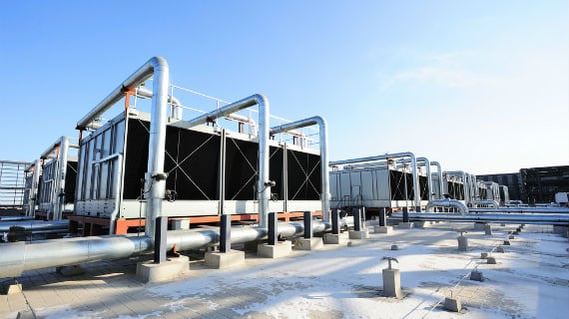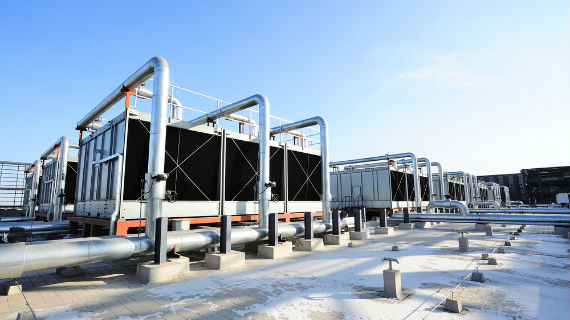
Whenever there is an outbreak of Legionnaires’ disease or Pontiac Fever – both caused by different strains of legionella bacteria – it always results in shocking headlines. Already this year, a DIY warehouse has faced manslaughter charges after three people died after being infected by a hot tub display. A few months earlier, workers’ showers were quarantined after the bacteria were found in a foundry’s hot water system.
Keeping legionella under control is a major public health issue, which makes it all the more surprising that so many myths persist about the bacteria and the diseases it can cause. In this post, we explore some of the most common myths about legionella and help you understand how to prevent it from becoming a problem.
Myth 1: All legionella bacteria can cause Legionnaires’ disease
Untrue. There are at least 50 types of legionella bacteria, but most do not cause disease in humans. The species legionella pneumophila is the most dangerous, and can cause Legionnaires’ disease and Pontiac fever. Nineteen other species of legionella can harm people.
Myth 2: Legionella is spread via air conditioning systems
This is only partly true. Domestic and vehicle air conditioning systems don’t use water to cool the air, meaning it is impossible for legionella to grow inside them. However, cooling towers – essentially air conditioning units for large buildings – can provide conditions in which legionella thrives. These must be inspected regularly and water samples taken and tested.
Myth 3: Warm water kills legionella
Not always – it depends on how hot the water is. At temperatures above 60° C, 90% of legionella will die within 2 minutes, and almost all die instantaneously when the mercury rises to 70° C. At temperatures of 50° C, it can take over 2 hours for 90% of legionella to die. If you rely on heat to kill legionella, your water systems regularly need to be very hot indeed – and this can cause safety risks such as scalding.
Myth 4: Legionella is expensive to control
No. There are many different ways to control legionella, ranging from maintaining higher water temperatures to chlorination or other chemical treatments. However, it’s always a good idea to conduct regular legionella risk assessments and inspections to ensure that pipework is safe and controls are being applied correctly.
Myth 5: Water cooling towers are responsible for most legionella outbreaks
Untrue. Although there have been a number of high profile outbreaks of legionella that have been blamed on cooling towers – such as a 2012 outbreak in Edinburgh – most legionella cases can be traced to hot water systems. Where water is not kept at a high enough temperature, pipe scale, biofilm and dead legs can combine to create ideal conditions for the bacteria to thrive. As a result, organisations such as hospitals, care homes, schools and others that rely on warm water need to be especially vigilant.
If you would like to learn more about controlling the spread of legionella and keeping compliant with health and safety law, be sure to download our free guide for facilities managers. Simply follow the link below.







